The Eclectic Table
A regular post about the finer things in life that don't have to cost a fortune.
I have some news. Since I no longer write a regular column in The Sunday Times (cutbacks, dear boy, cutbacks, as Harold Macmillan didn’t quite say), I’ve decided to write one here on Substack. As I have to make a living, it’s going to be subscription service but it’s as fairly priced as I can make it. This one here is a taster, an amuse bouche, and it’s free. Any support you can lend will be hugely appreciated as will be any feedback about what you would like to read about. Thank you!
Some Thoughts on carbonara
That the Italians take food very seriously is a given. Witness the recent outcry - nay, fury - evinced by a UK website giving a recipe for pasta cacio e pepe that included cream. Despite the hazy history of carbonara there seems to be consensus these days that it too is a cream-free zone. Parmesan or Pecorino? There’s no agreement. Pancetta or guanciale? Either seems to be a widespread view, although personally I prefer guanciale, cured pig’s cheek.
There are few purists like a spaghetti alla carbonara purist and I’m indebted to Rachel Roddy, a great food writer who lives in Rome, for drawing my attention to the curious fact that the first recipe for this dish was only published in 1952 and not in Italy but in the United States (it’s very simple: eggs, Parmesan, “Italian bacon”).
Two years later, she says, La Cucina Italiana published the first recipe in Italy and it called for pancetta, gruyère and eggs. Gruyère, forsooth! Then a landmark 1961 cookbook by Luigi Carnacina lists guanciale, olive oil, butter and fresh cream. What? Or perhaps, WTAF?! There’s even a 1979 recipe that calls for onion and white wine, in addition to the usual ingredients, which just goes to show, as she says, that recipes evolve and are never cast in stone (unless it’s your granny’s Christmas pudding, of course).
The food historian Luca Cesari’s A Brief History of Pasta is particularly interesting on this issue (and would be more accurately described as a history of pasta sauces). He has a light touch, a sense of humour and a remarkable ability to make me very hungry just by using words.
My dear late friend and television colleague, Paolo Tullio, had strong views on carbonara, not least that it should be made with yolks, not whole eggs, arguing that this yielded a creamier sauce. He also insisted on a speedy mixing process. I have to say I prefer my version as I’m afraid of scrambling the egg; it’s the result of a lot of trial and error (and you can read the recipe here). The traditional pasta for this sauce is spaghetti, but for some reason I prefer linguine.
There is some evidence that carbonara, and dishes broadly like it, are essentially Roman and if that’s the case the regional wine pairing, I’m guessing, is Frascati. I first encountered this white wine on a school trip to Rome in 1975 when it was served to us 16 year olds with big plates of tagliatelle with ragù. (I remember I was sitting beside Adrian Hill at lunch that day; he did well and is now Professor Sir Adrian Hill KBE, Director of the Jenner Institute in Oxford; we got a little squiffy).
I don’t know when I last saw a bottle of Frascati. Possibly in Superquinn. What I usually pair with carbonara is something like Verdicchio or Gavi, geographically unrelated to the dish but easily got. However, the match that I enjoy most is with some Southern French Viogniers and I recommend one in particular below.
Tomatoes From Cuttings
Late last Autumn I took some side shoots from the bedraggled plants of Tomato Yellow Queen and stuck them in a vase of water on the window ledge in the scullery - plenty of light, free from frost, and forgot about them until the Spring. When I looked again, two had survived and had produced some roots. So I potted these up, transferred them to one of the windows in the kitchen where the Aga maintains a lovely cosy temperature during the colder months.
Eventually, they were planted out in the tunnel in early April. I picked two tomatoes on the first of June, a record for me. Usually, I rely on sowing tomatoes in very early January, in heat of course, and they produce fruit in early July. So, cuttings really bring a bonus.
During the week I discovered, as I regularly do, that I had missed a side shoot on - I think - a plant of Harbinger. (Tomatoes come in two kinds: determinate and indeterminate; the former grow into squat bushes, the latter grow tall and need to be supported. I grow only the indeterminate ones).
My tomatoes need to have the side shoots removed: these appear in the angle between the stem and the leaves. This is one that got away:
And this is it potted up:
Of course, it’s not going to carry on over the Winter but I am intrigued to see if it might produce some fruit for Christmas. I was about to throw the shoot on to the compost when I realised what a waste that would be. Worth a try, anyway.
Bumper blackberries
It’s one of the best years for blackberries and it gives me pause to bless the rampant brambles instead of cursing them. So bountiful is the crop that I have to wear what passes for protective clothing in my wardrobe when using the brush cutter on bramble patches - otherwise I am spattered with purple blackberry juice.
Having picked some, I wondered what to do with them and baulked at the idea of making pastry. So I threw them into an oven-proof dish with very little (but still too much) sugar and topped them with sponge. I used the recipe for great-grandmother’s sponge from the Ballymaloe Cookery Course book - and halved the quantity for what I think is really a kind of Victoria sponge. It’s pretty sweet, so if you’re tempted to try the same, don’t sugar the fruit. It’s quite ripe enough at this stage. Pouring cream and a cup of tea are ideal accompaniments. Custard would be too much.
Sow hard to find…
I don’t know what it’s like in the leafier parts of England, but here in Ireland there is one herb that I’ve never seen for sale: chervil. It has very fine leaves, tastes vaguely of parsley with a touch of anise and is essential in the fines herbes of French omelette fame: along with chives, parsley and tarragon. Chervil is so easy to cultivate that it actually grows itself. I sowed some in the tunnel about ten years ago and it is now a weed, albeit a useful one. I gather the name derives from a Latin form of “leaves of joy”, which may be over-selling it. But only just. It runs to seed very easily, so catch it young.
Vintages matter: the case of Bordeaux
That is, if you buy wine by the case, of course. And I do, if it offers good value. The last case I bought comprised 11 bottles of Château Victoria Haut-Médoc cru bourgeois 2020, and one bottle of the 2021. It didn’t come in a case, of course, but in two wine carrier bags. Both wines cost an eminently reasonable €15 from Dunnes Stores. The 2020 was lovely, the 2021 was…well, just about okay. Lean, tannic, a bit chewy, while the 2020 was quite plump and rounded.
So how are the recent vintages? The 2019 vintage was excellent and remarkably consistent. The 2020 vintage had its problems but overall, the wines have good fruit, and I’ve had some excellent wines. The troublesome 2021 vintage is, overall, a lot leaner and not a keeper. The 2022s are excellent. The 2023s seem to snapping at the heels of the 2019s and the 2024s are patchy at best, rather like the 2021s. Broadly speaking, the 2015s, 2016s and 2018s are all excellent to sound.
I bought the last of the Château Victoria 2020 in the Ballyvolane store on the Northside of Cork city but you may be in luck elsewhere. Just make sure you have a long, hard look at the label on each bottle.
As to how it tastes: definite cassis with a distinct touch of toasty vanilla. savoury and round with pleasant length. Tastes €10 to €15 dearer than it costs.
Two compelling reasons to head to Loughlinstown (or go online)
Whelehan’s Wines is where The Silver Tassie pub once stood, just beside the busy N11 deep in South Dublin. It is, quite simply, my favourite Irish wine shop: clearly laid out, brilliantly stocked and helpfully, knowledgeably staffed. David Whelehan, son of the legendary TP who wrote for many years in The Irish Times and chose wines for the late Quinnsworth, was O’Brien’s buyer for several years and is a thoroughly good egg. I have two of their directly imported wines for you, a vibrant Viognier and a classic claret that is just ready to drink.
Château Beauchene Côtes du Rhône Viognier 2024, €22
Considering that it’s a tricky grape to grow, there’s quite a lot of Viognier about. It’s a low-yielder, needs a long and warm growing season but not hot enough to kill off the aromatics that are a huge part of its character. And those aromatics are very sensitive to oxygen, so it’s easier to make high-tech cheaper wines than hand-crated barrel- fermented or barrel-aged ones. Viognier’s home is the Rhóne where it’s the sole permitted grape in the eye-wateringly expensive Condrieu. The Bernard family has been running their estate for ten generations (they make a stunner of a Châteauneuf incidentally) and they know a lot about Viognier - enough to produce a glorious 100% varietal in the Côtes du Rhône AOC. And it has had six months in French oak. It combines a kind of richness with lively, fresh acidity, there’s a mineral streak and the unmistakeable sense of ripe white peaches. Yes, white peaches. It’s probably the best value fine wine you can buy - if you park sherry for a moment - and it’s versatile: this is a white wine that can do the job of a red in many instances, it’s impeccable with sole on the bone and linguine alla carbonara and simply lovely with roast chicken. After hearing all that, you won’t be surprised that this wine is rationed globally. So, you know what to do…
Chǎteau Caronne-Ste-Gemme Haut-Médoc €29
When I started off in the world of wine, many of what were considered the lesser crus bourgeois of Bordeaux were affordable even to a young struggling freelancer. Those days are long gone and even the top crus bourgeois like Chasse-Spleen and Angludet are far from impulse buys for most of us. So, if like me, you hanker after that cassis and vanilla magic that shouts Bordeaux (with a footnote saying “left bank”), you may be surprised to hear that you can get such a bottle for under €30. Just. Caronne-Ste-Gemme is the next-door neighbour of 2ème grand cru class Château Gruaud-Larose in Saint Julien. Caronne-Ste-Gemme is right on the border - it’s a posh neighbourhood. Richard Hemmings MW, writing on jancisrobinson.com of the 2015 vintage talks of “a traditional Bordeaux that is normally associated with much higher prices”. That sums it up succinctly. This 2018 is just ready and will happily kick on for a decade or more. My favoured match? Lamb cutlets, British Queens, peas. As Escoffier said very wisely surtout, faites simple. Anorak facts: mainly Cabernet Sauvignon with just a dash of Merlot and Petit Verdot. Average age of the vines, 25 years.
And across the water…
Should you happen to live in Britain (as distinct from the UK as Northern Ireland readers will be aware), Waitrose is an excellent if relatively expensive supermarket chain that happens to be a workers’ cooperative. Everyone who serves you in one of their stores is a co-owner and they take their jobs seriously. This extends to the wine buyers who seem to share my passion for sherry as the world’s most under-rated fine wine. Just at present Waitrose has a special offer on Hidalgo’s La Gitana Manzanilla, a bracingly dry fino-style sherry from Sanlucar on the sea (which may explain the characteristic salty tang). It’s an indecently cheap £11.49 at the moment and I took advantage of having the car with me and stocked up in the Westfield branch in W12. But hurry, it won’t be this price forever. Expect to pay about €24 for it here, and it’s worth every cent. Incidentally, I calculate that the nearest Waitrose to our island is on Anglesey, about a five minute detour from the Holyhead road.


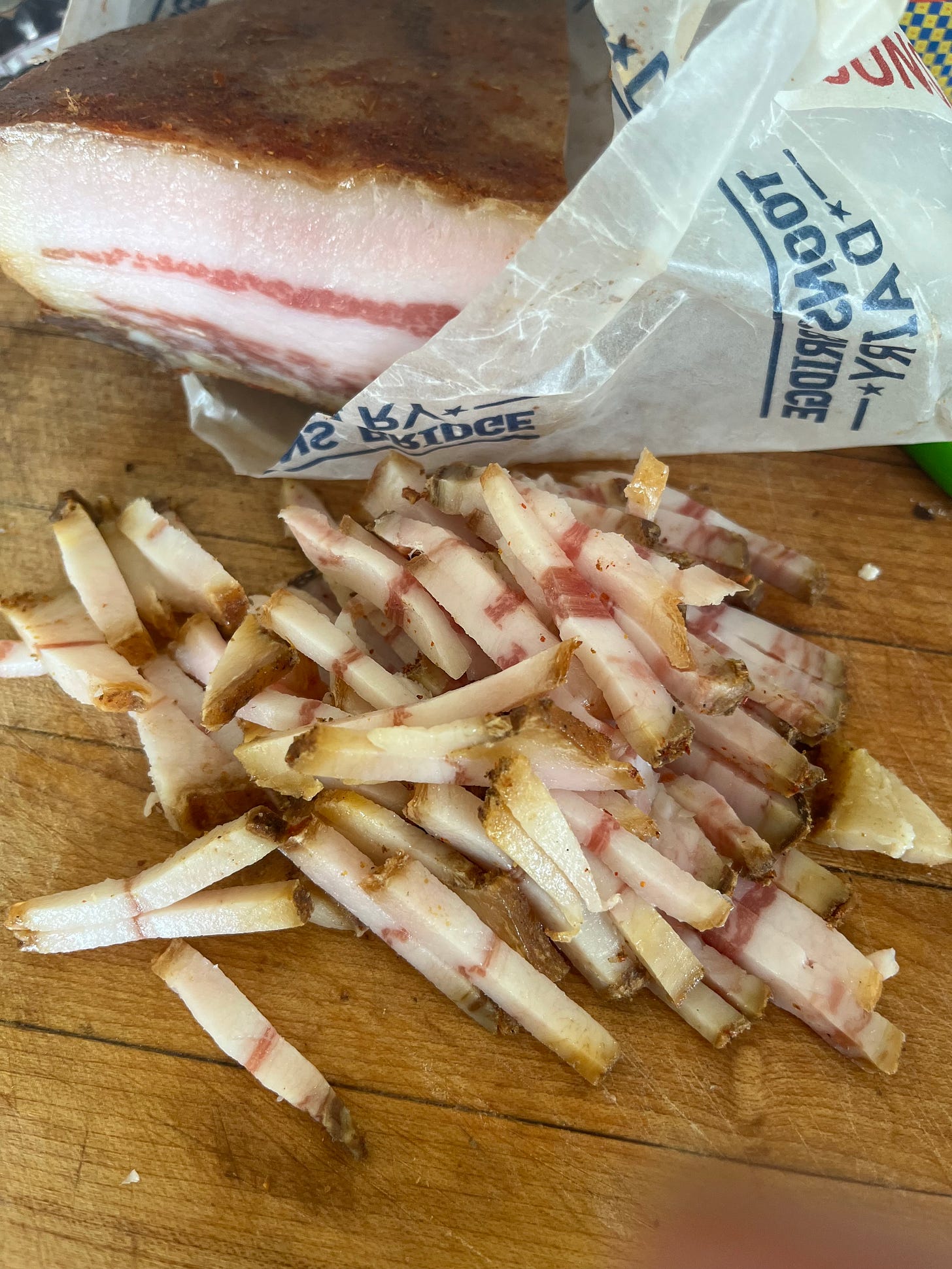
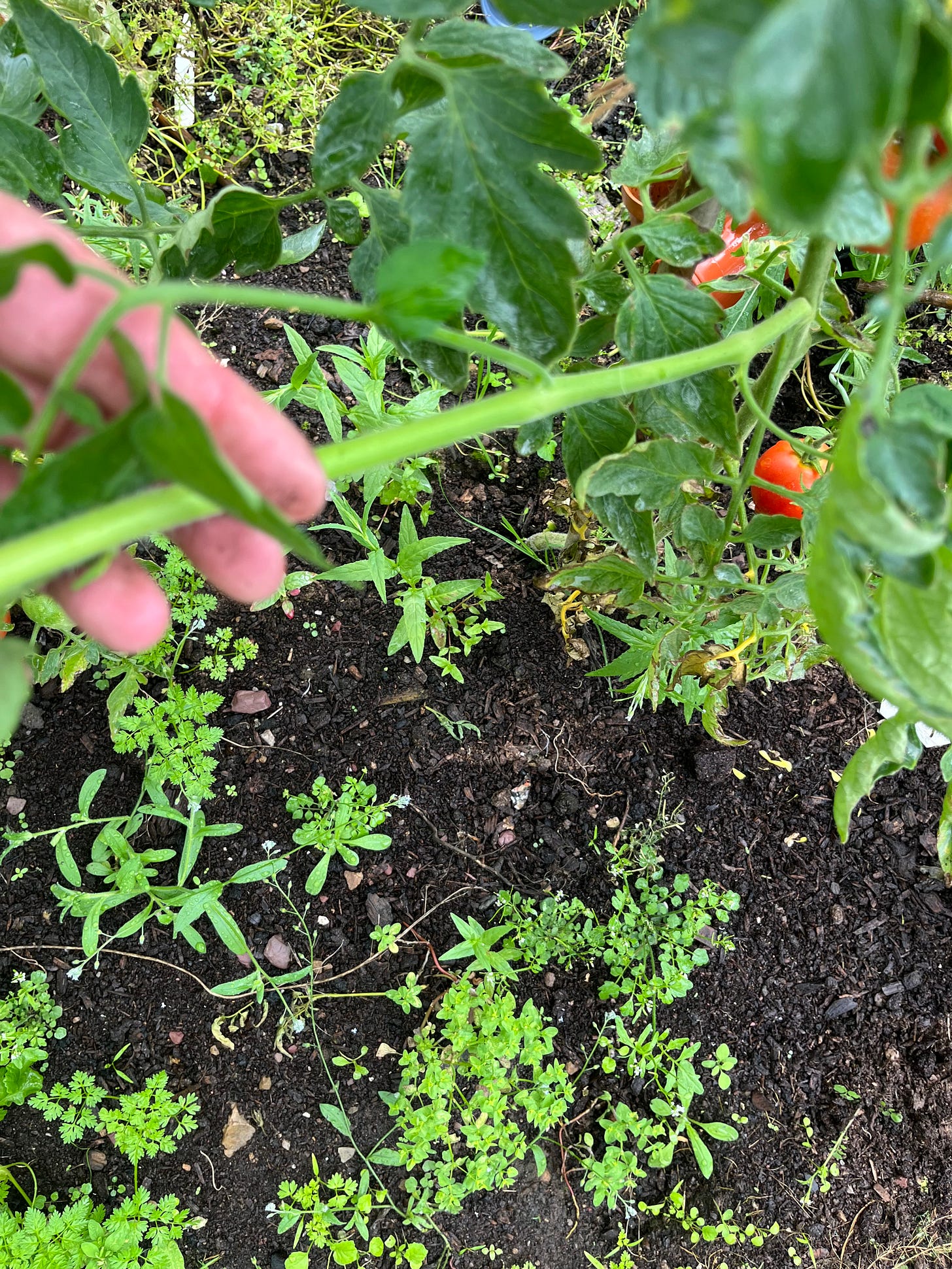
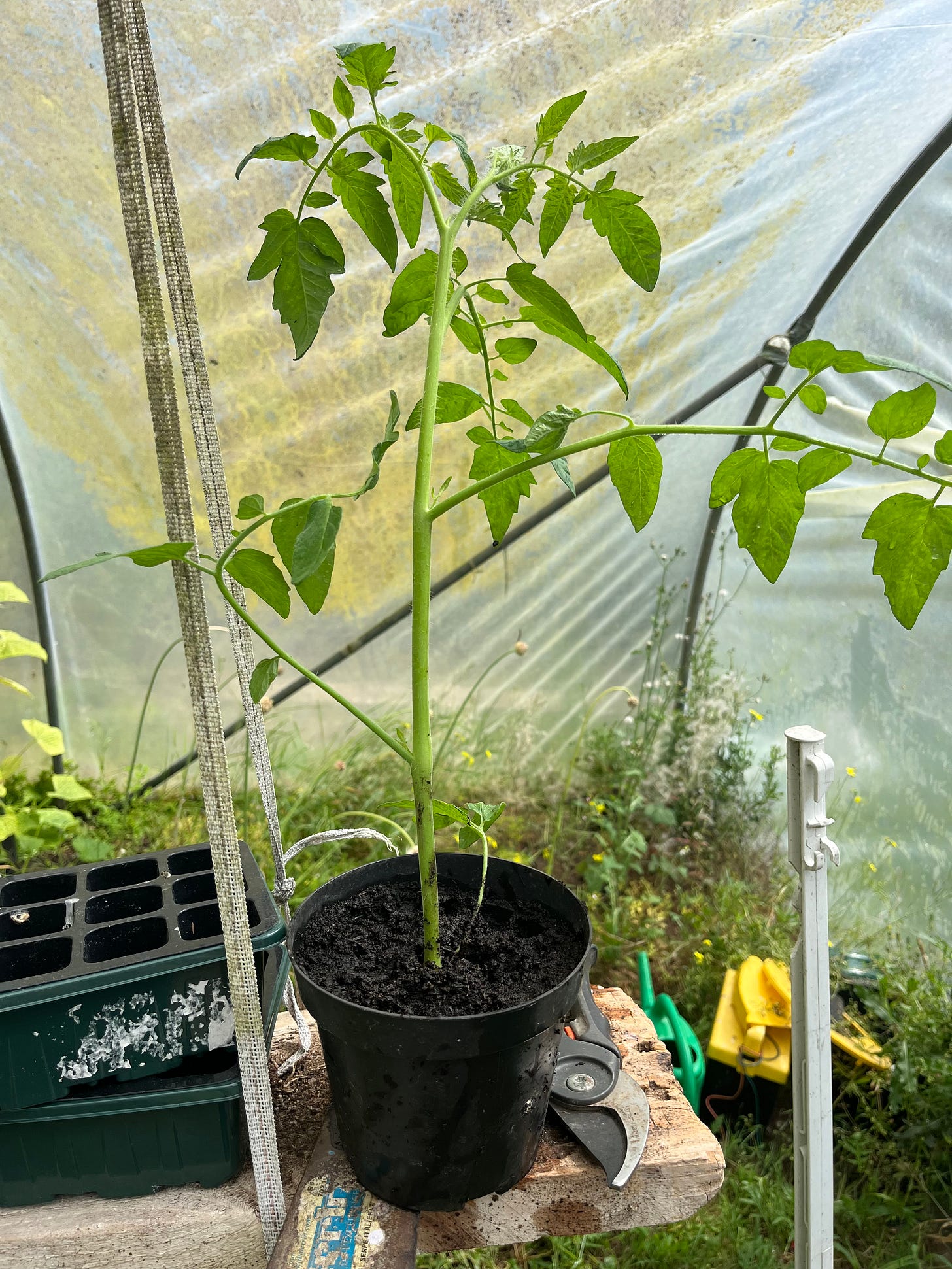
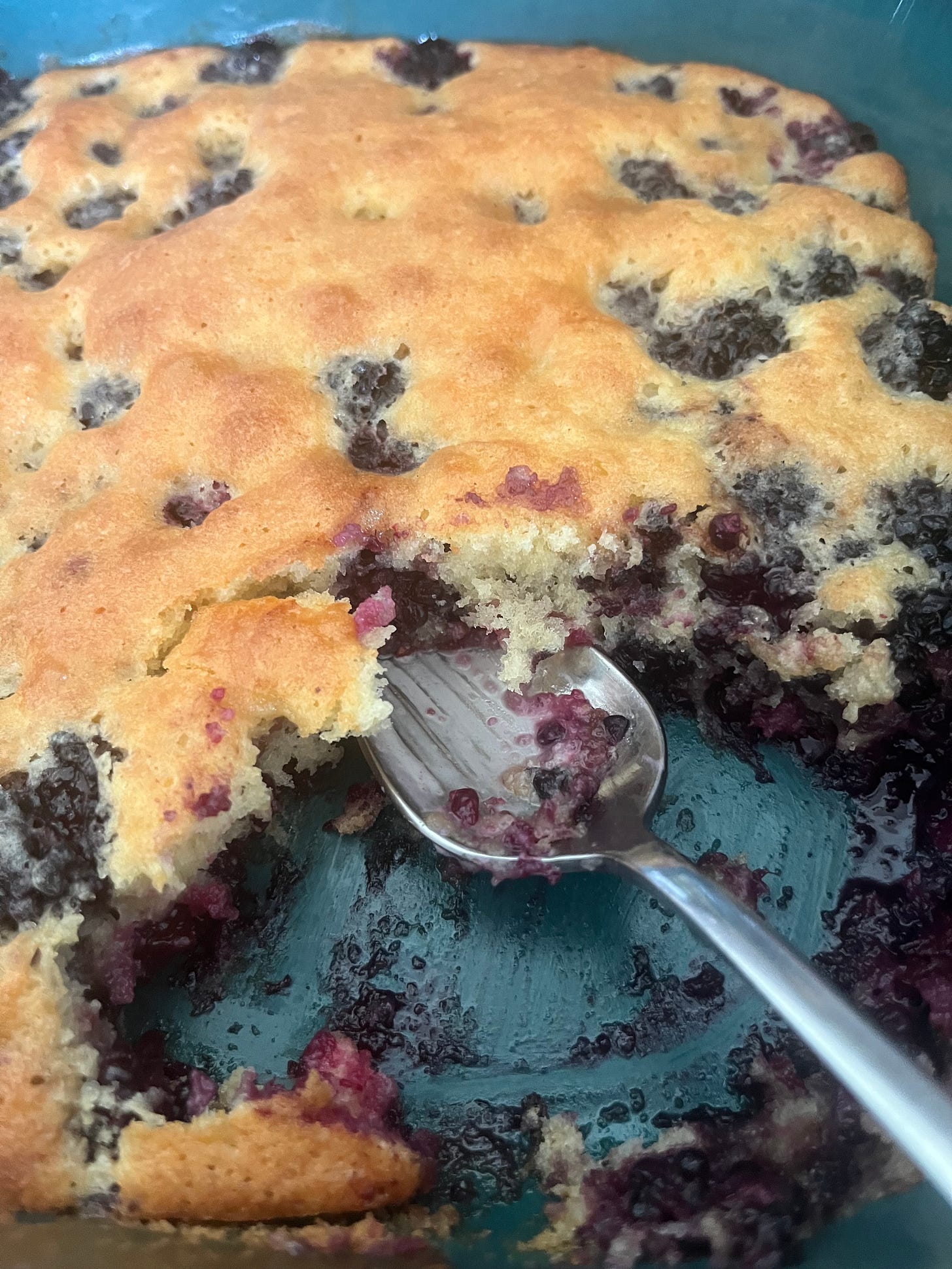
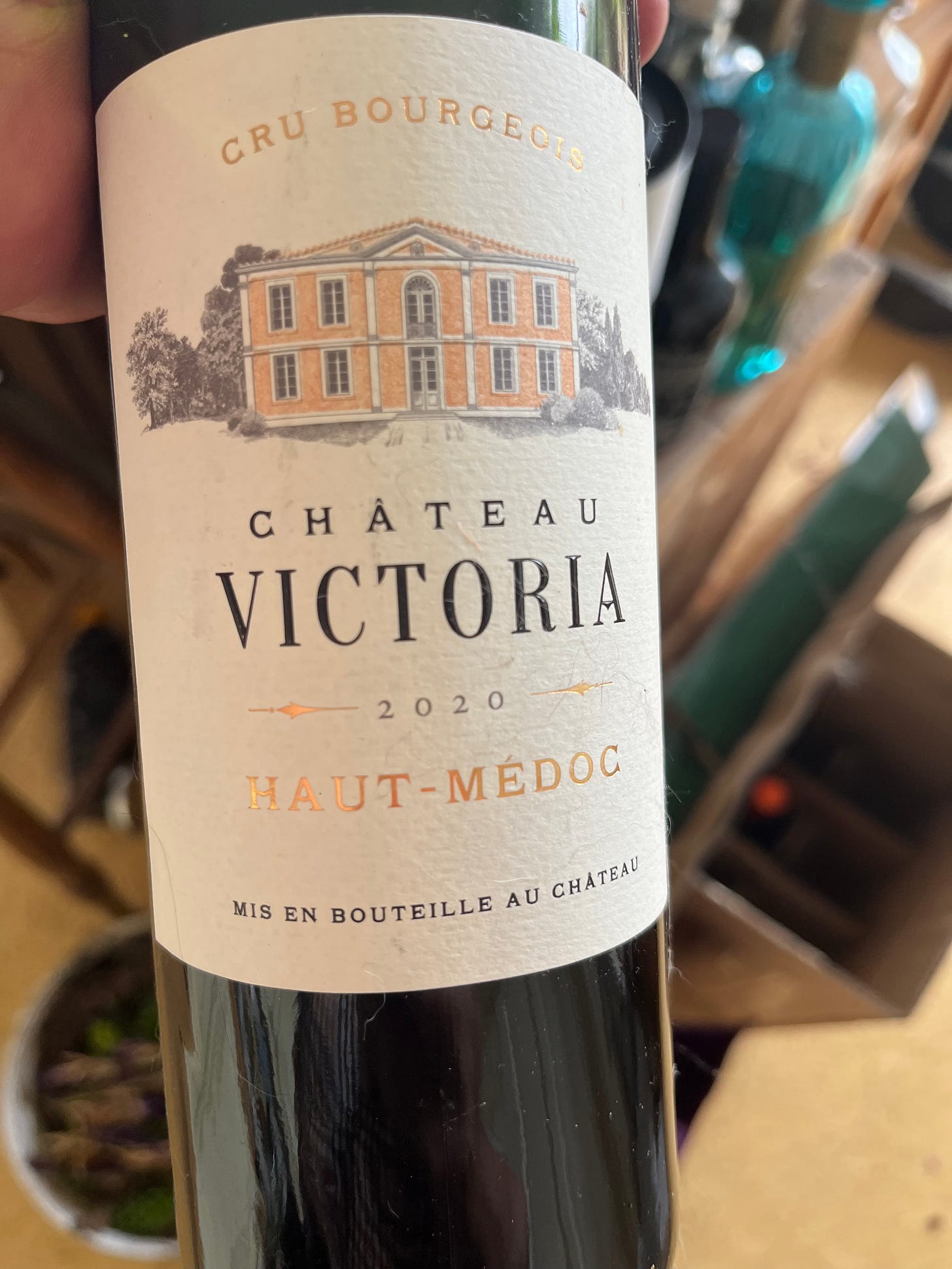
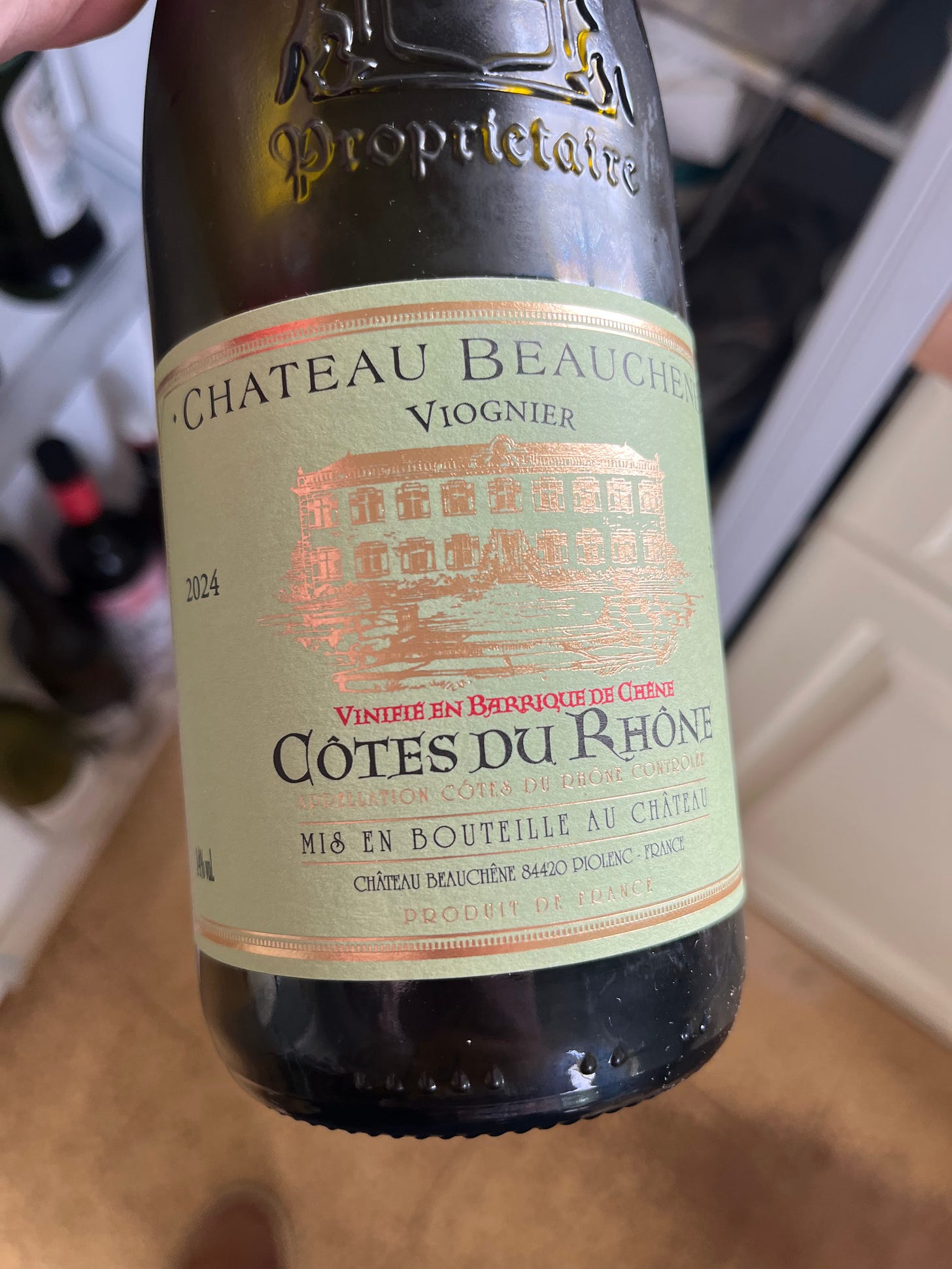
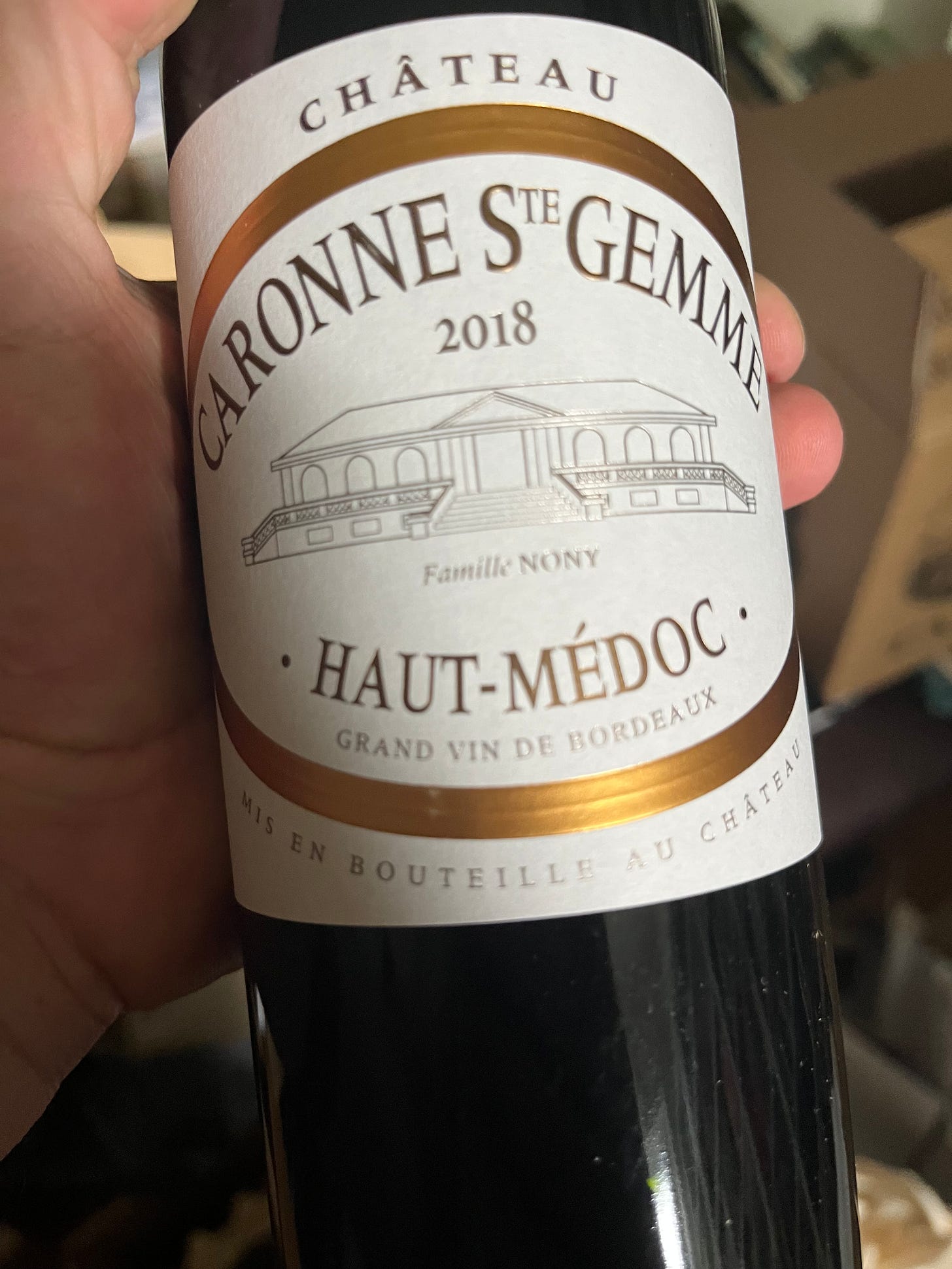
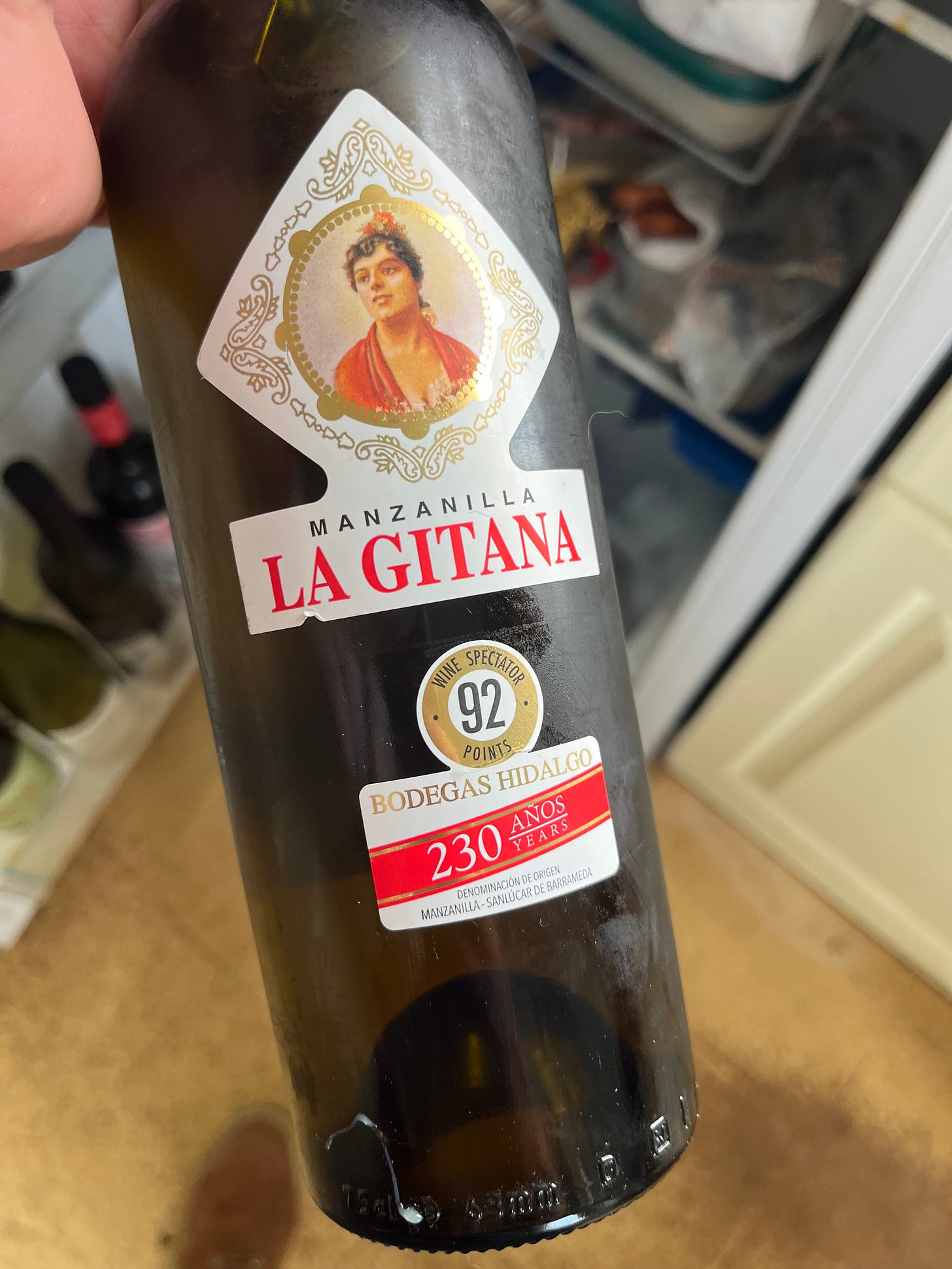
An appetising read! Thank you. I was struck by the description of your “favoured match,” namely “[l]amb cutlets, British Queens, peas.” Although British myself, and a bit of a foodie, I’d never come across this term as a description of what I took to be a type of potato before. An extended Google search suggests that British Queens might be a variety of seed potato, and I shall go looking for some to try (unless you set me right and tell me they’re something else entirely!